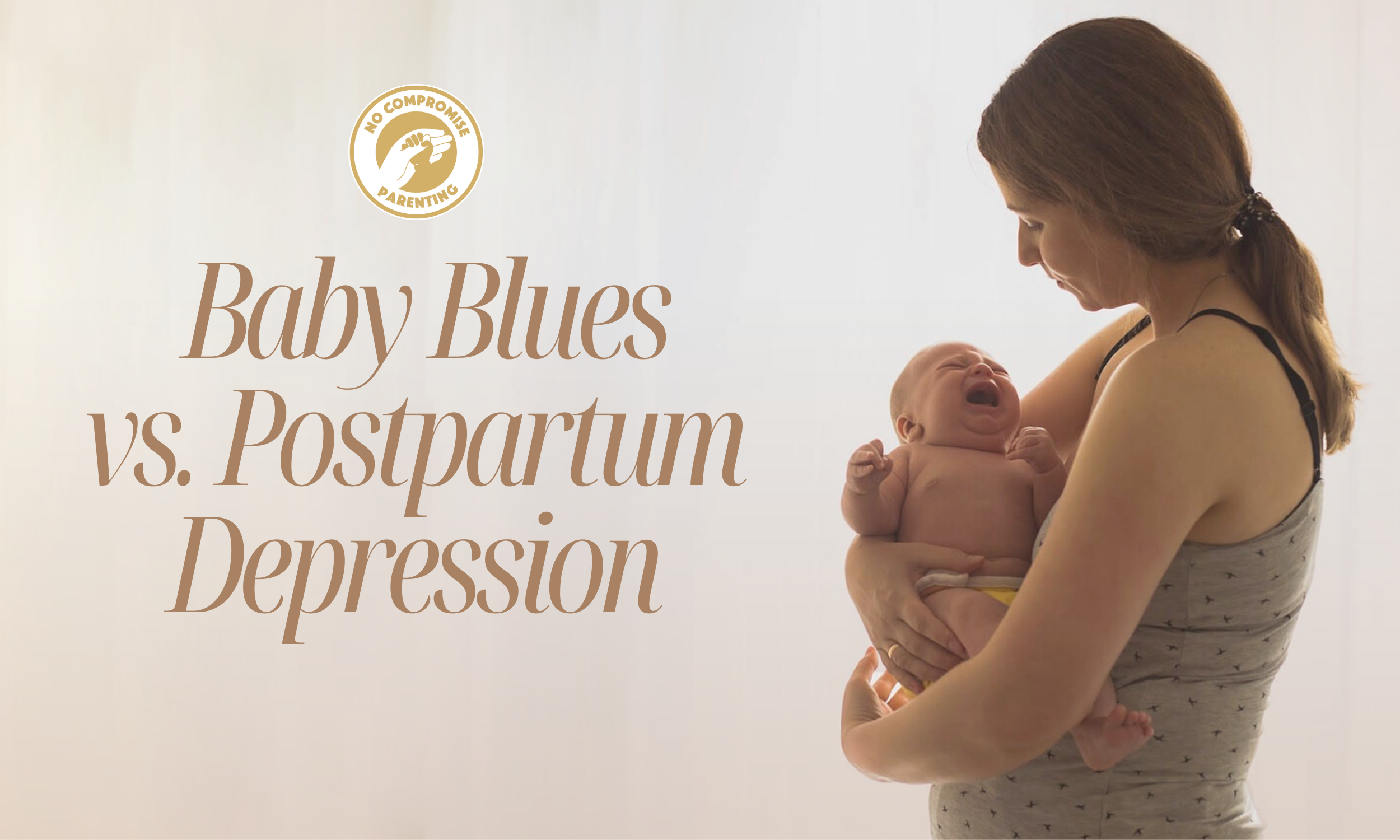
Jan 26 , 2024
0 Comments
Baby Blues vs. Postpartum Depression
Baby Blues vs. Postpartum Depression
The arrival of a new baby is often painted in strokes of joy and happiness, but it's also a time of significant emotional upheaval. Many new moms experience mood swings after childbirth, which can range from transient "baby blues" to more severe, lasting feelings known as postpartum depression. Let's delve into the differences between these two experiences, shedding light on a topic that's as crucial as it is misunderstood.
Understanding Baby Blues: A Temporary Tide of Emotions
- Duration: Baby blues typically kick in a few days after delivery and can last up to 10-14 days.
- Symptoms: This emotional roller coaster is a concoction of feelings, including sadness, irritability, exhaustion, and mood swings.
- Causes: The sudden drop in hormones after childbirth, combined with sleep deprivation, overwhelm, and the adjustments of motherhood, contribute to these feelings.
- Coping Mechanisms: Rest, support from loved ones, and the reassurance that these feelings are normal and temporary often help mothers navigate through the baby blues.

Postpartum Depression: A Deeper Emotional Challenge
- Duration: Postpartum depression (PPD) can surface within the first few weeks or even months post-delivery and can linger anytime during the first year after having birth. Its hallmark is a persistent feeling of extreme sadness, anxiety, and fatigue.
- Symptoms: PPD symptoms are more intense and include severe mood swings, feelings of hopelessness, severe anxiety and panic attacks, possible thoughts of harming oneself or the baby, and difficulty bonding with the baby.
- Causes: While hormonal changes play a role, other factors like personal history of depression, stressful life events, and lack of support can contribute.
- Treatment: PPD is a serious mental health condition requiring medical intervention. Treatment options include counseling, antidepressant medication, and support groups.

Differentiating the Two
- Intensity and Duration: The primary differentiator is the intensity and duration of symptoms. Baby blues are milder and short-lived, whereas PPD is more severe and persistent.
- Impact on Functioning: Women with baby blues can usually function well despite their fluctuating moods. In contrast, PPD can significantly interfere with a mother's ability to care for herself and her baby.
Seeking Help: A Sign of Strength
- Recognizing the need for help and seeking it is crucial. If feelings of sadness or despair persist beyond two weeks or worsen, it's important to consult a healthcare provider.

Conclusion:
Understanding the nuances between postpartum depression and baby blues is vital for new mothers and their families. It's essential to create an environment where these issues can be discussed openly, without stigma. By recognizing the signs and seeking help when needed, mothers can ensure they receive the support and care they need during this transformative phase of life.
If you are experiencing any of these or its symptoms, please make sure to reach out to a friend, a loved one, or a healthcare professional so they can provide you with the necessary care. Remember that it is completely okay to ask for help.
Related Articles:
Living with Postpartum Depression
Postpartum Depression: When Should You Ask for Help
